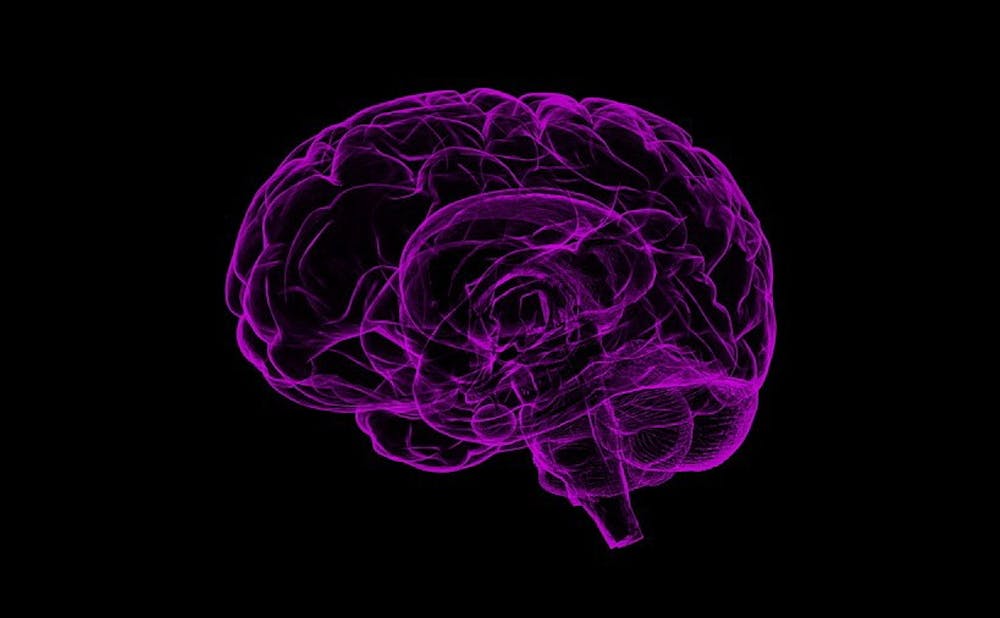A recent Duke study has pinpointed a specific brain region where activity is correlated with a risk of anxiety or depression.
Using brain imaging for a large sample of Duke student participants, researchers found that greater activity in the dorsolateral prefrontal cortex, a region essential for executive control—planning and producing complex behaviors—indicated a lower risk for anxiety.
The research is part of the larger Duke Neurogenetics Study, which aims to identify biomarkers that act as predictors for mental illness. Ahmad Hariri, professor of psychology and neuroscience, said this paper is the first time the study has been able to pinpoint a specific region of the brain.
“There are two patterns of risk in the brain—high amygdala response to threat and low ventral striatum response to reward—that generally would be expressed as increases in anxiety and depression over time,” Hariri said. “If an individual has high executive prefrontal function, that risk is not expressed.”
Researchers collected baseline measures of participants’ experiences of anxiety and depression, along with a baseline clinical interview for a formal diagnosis. Over time, participants self-reported changes in mood and anxiety via online surveys, allowing researchers to identify changes in symptoms over time and correlate symptom changes with the baseline diagnosis.
Since the study sample is primarily Duke undergraduates, Hariri acknowledged that there may be some discrepancies between results from this study and results from a general population. The average IQ of the study sample was about 15 points over than the average IQ of the general population, Hariri said.
“It’s possible that our Duke students, or any undergraduate, have a more fit or better functioning prefrontal cortex,” he said. “It’s possible that we’re looking at something only true for people who have reached a certain threshold of prefrontal function.”
Lead author Matthew Scult, a sixth year Ph.D. student in cognitive neuroscience and clinical psychology, said the study is based on his previous work with the dorsolateral prefrontal cortex, in which greater activity during mental math operations correlated with lower levels of anxiety and depression.
Scult added that he foresees several next steps for the study, including the analysis of an older population to factor in age-related cognitive decline, as well as of whether increasing activity in this region can decrease risk. By looking at other populations, researchers can begin moving into a treatment phase.
“We could improve treatments a lot by matching people to specific treatments,” Scult said. “They don’t all work for every person, so maybe people with a certain profile might benefit from trying to target increasing prefrontal activity.”
Scult said some activities—like puzzles—can increase prefrontal activity temporarily, but there is no evidence yet for what boosts activity in the long-term, or what is protective against anxiety.
Hariri said these results are important for the diagnosis of illnesses like anxiety and depression, as psychologists tend to look at an individual’s response to threat or stress, instead of brain circuitry.
“We hope it further emphasizes the need to think beyond the traditional areas in the brain that are associated with anxiety and depression and to look at areas that are not otherwise considered, like those that support executive control,” he said.
Get The Chronicle straight to your inbox
Signup for our weekly newsletter. Cancel at any time.

